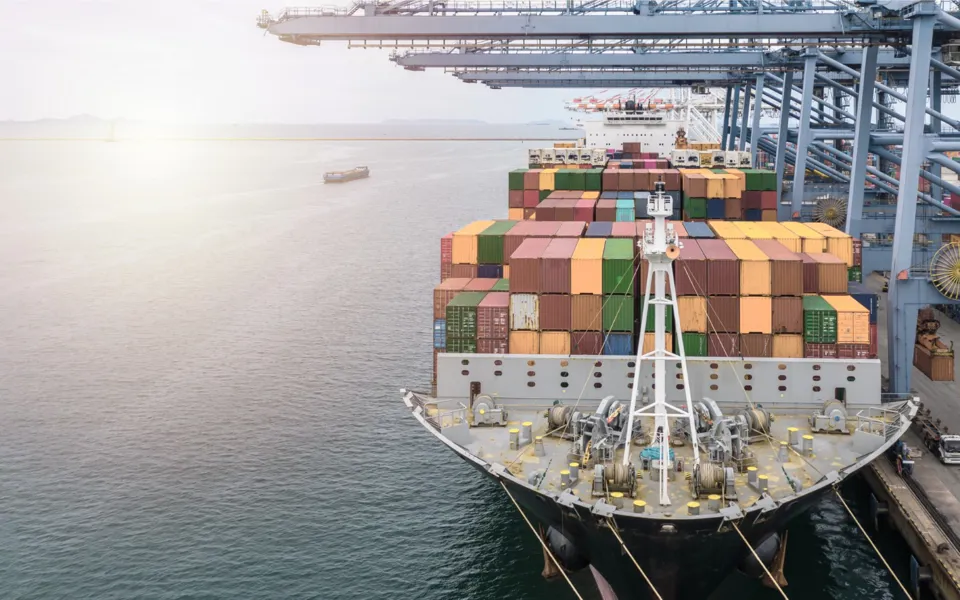
Innovation project to cut emissions for ports awarded funding
22 Oct 2024
The shipping sector's progress towards zero emissions by 2050 will significantly increase electricity demand, to produce the low carbon energy needed by ships and to decarbonise port operation.
As ports are located on the fringes of the electricity grid, providing significant increases in low carbon power poses challenges for power distribution. The SeaChange project is developing a 'Navigating Energy Transitions' (NET) tool to help ports identify decarbonisation pathways. It will also provide visibility into ports' electrical load for network operators, like Scottish and Southern Electricity Networks (SSEN), aiding in grid reinforcement planning. With new funding, the project will assess the anticipated growth in electricity consumption in areas around ports connected to maritime activities.
SSEN’s electricity network covers two distinct parts of the UK, both with high dependency on ports for access to essential supplies and community connections. For example, the network covering the North of Scotland includes many of the Scottish Islands, where ferries are vital services, while on the South coast, their network includes Southampton – one of the UK’s largest cargo ports which also provides access to cruise lines and ferries to the Isle of Wight.
The project is seeking to understand the future energy requirements of ports, including rate of consumption and fuel types, Ricardo are contributing our wealth of experience in the power sector, combined with our experience in the maritime sector, to help SSEN and their customers in ports get reliable, affordable and low carbon power. By delivering energy requirements assessment framework as part of the toolkit, ports can ascertain the suitability of the options available to them on their journey to net zero.




 Follow Ricardo plc for regular updates
Follow Ricardo plc for regular updates




